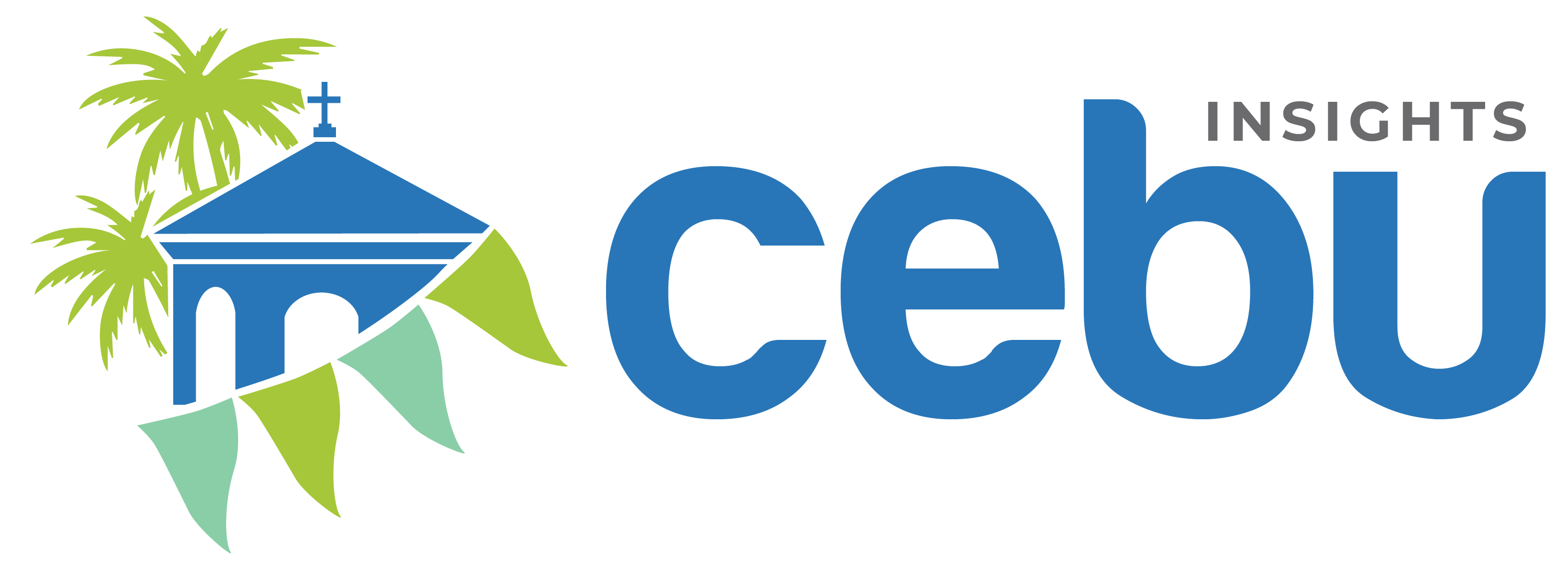At dawn, churches are packed with Filipinos taking part in the Misa de Gallo.
As one of the world’s biggest Catholic populations, the Philippines has several traditions that are religious in nature.
One of which is the Misa de Gallo, where Filipinos attend a nine-day novena mass starting from December 16 to 24. These masses are held at dawn, with many churches participating throughout the country.
This is one of the most important traditions highlighting Catholicism in the Philippines, with devotees making it a goal to finish all nine novena masses.
It is said that achieving this means that a special wish or request of yours will be granted. Even so, most Filipinos take part in this iconic tradition to give thanks and at the same time ask for more blessings in the coming year.
Some even consider this an early Christmas celebration, as they can indulge in some of the most popular Filipino delicacies, such as the puto maya, which is basically a sticky rice cake that is steamed and then paired with sikwate (hot chocolate or tableya).
Misa de Gallo dates back to the 1600s and soon became an important cultural tradition in 1669.
Today, more and more Filipinos flock to nearby churches to attend the mass, underlining just how important Christmas is to them.
HISTORY OF MISA DE GALLO
One of the first accounts of Misa de Gallo is around 381 AD, from a Galician woman named Egeria. She was the first to write about pre-dawn masses, noting that early Catholics would hold midnight vigils in Bethlehem in honor of Christmas.
Half a century later, Pope Sixtus III took inspiration and held midnight masses at the Basilica of Santa Maria Maggiore in Rome. Additionally, Misa de Gallo officially became a tradition in Mexico in 1587.
Diego de Soria, the head priest of the San Agustin de Acolman, was allowed to hold dawn masses because of the overwhelming number of people joining the evening service.
This was then adapted by the Filipinos around the 1600s during the colonial period, when the Spaniards would hold masses to accommodate farmers and fishermen who worked during the day.
Thus, the Misa de Gallo became a national tradition hosted by parishes all around the country, and it is still widely celebrated today.
In the past, church bells could be heard across different neighborhoods and towns, signaling the start of the pre-dawn masses.
In more rural areas, a marching band would travel around while playing Christmas songs and guiding the parishioners.
Lanterns and Christmas lights were also used to lead parishioners to the church. It is said that some priests would travel house to house as well, inviting the faithful to join the masses.
Today, you can expect most churches in Cebu, if not all, and other parts of the Philippines to have scheduled masses for the Misa de Gallo. You will see tons of parishioners joining in before they go to work or school.
DELICACIES
Some devotees take time to provide treats and snacks for parishioners during Misa de Gallo. This Filipino Christmas tradition started because the novena masses are known to start early in the morning, which means that most participants may not have had breakfast yet.
As mentioned, the puto sikwate combo is quite common during Misa de Gallo or Simbang Gabi. These native desserts are locally made and easy to eat.
Another popular delicacy is the puto bumbong, which is a Christmas staple in many Filipino households. Similar to the puto maya, this rice cake is made in a cylindrical shape using a piece of bamboo.
It’s known for its ube flavor and distinct purple color. It is topped with either cheese or coconut shavings.
You can try this out yourself if you visit local food parks like the ones in Colon and Carbon.
Other popular delicacies during the nine-day Misa de Gallo include bibingka and sapin-sapin.
SIGNIFICANCE TO FILIPINOS
For many Filipinos, Misa de Gallo is a reminder that Christmas is near. It’s a sacred event where the Catholic faith is at its strongest, as friends and family take the time to gather and celebrate what they consider to be the most wonderful time of the year.
While attending the nine-day novena mass is not mandatory, you should definitely take part in it for the right reasons. Aside from asking for blessings, Filipinos use this as an opportunity to be with their loved ones.
If you’re interested in being part of this Christmas tradition, simply show up to a novena mass at your local church and witness the many devoted Filipinos who are eager to profess their faith.







